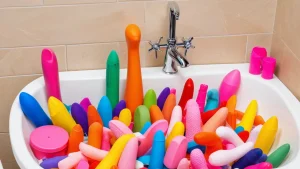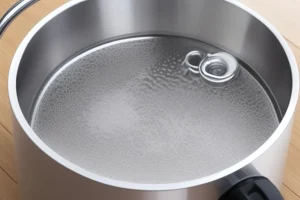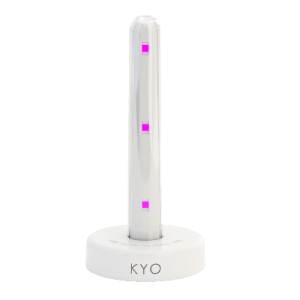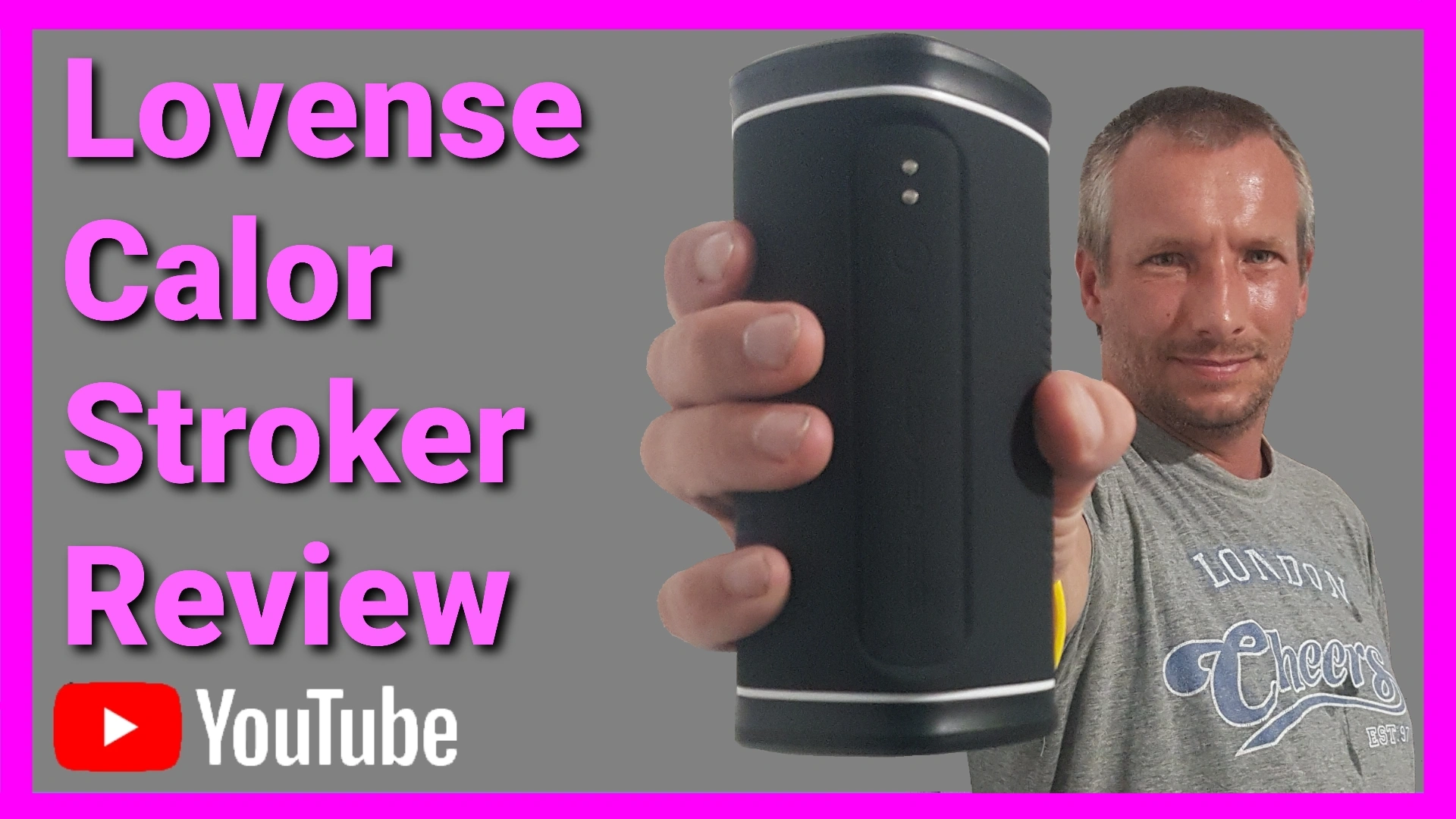How To Clean Sex Toys

How To Clean Sex Toys
Sex toys, including items such as vibrators, dildos, and anal toys, are intimate devices that frequently come into direct contact with bodily fluids during use, making it absolutely essential to understand and implement proper cleaning techniques to maintain personal health, hygiene, and the longevity of the products.
These items, by virtue of their design and purpose, can easily harbour bacteria, viruses, or other harmful pathogens if not cleaned thoroughly and regularly, which could lead to infections or other health complications if proper hygiene practices are neglected.
While the process of cleaning your sex toys does not necessarily have to be overly complex or time-consuming, it is crucial to recognize that the consequences of failing to clean them adequately can be significant, potentially resulting in adverse health effects that could have been easily prevented with a bit of care and attention.
Fortunately, with the right tools, methods, and guidance, maintaining the cleanliness of your sex toys can be a straightforward and manageable task, provided you follow the appropriate guidelines tailored to the materials and design of each toy.
General Cleaning Principles and Methods
Almost every type of sex toy can be surface-cleaned using a simple combination of liquid soap and water, followed by air-drying to ensure no moisture remains that could encourage bacterial growth. However, there are specific situations where surface cleaning alone may not suffice, and a more thorough disinfection process is necessary to ensure the toy is safe for use. Below, we outline the tools and methods for both surface cleaning and deep cleaning, as well as guidance on when each approach is appropriate.
Tools for Surface Cleaning
- Water: Essential for rinsing toys that are water-safe, ensuring all debris and residues are removed from the surface.
- Soap: Liquid hand soap or castile soap is preferred for their gentle yet effective cleaning properties. Antibacterial soap can be used but is not strictly necessary. Harsh soaps, such as dish soap, should be avoided, as they may damage the toy’s material or leave harmful residues.
- Paper towels or clean washcloths: These are used to pat the toy dry after cleaning, ensuring it is free from lint or moisture before storage.
Tools for Deep Cleaning
- Pot for boiling water: Boiling is an effective method for disinfecting certain toys, particularly those made from nonporous materials like 100% silicone, stainless steel, or borosilicate glass. After surface cleaning, submerge the toy in boiling water for a few minutes to kill most pathogens.
- Bleach and spray bottle (or another receptacle for bleach solution): A bleach solution can be used to disinfect toys after surface cleaning, killing most—but not all—pathogens. This method is particularly useful for toys that cannot be boiled.
- Dishwasher: Some toys can be disinfected in a dishwasher, provided it has a sanitize cycle that reaches the necessary temperature to kill bacteria. However, this method is less effective for viruses and fungi, and boiling or bleaching may be preferable.
- Paper towels or clean washcloths: As with surface cleaning, these are used to air-dry toys after deep cleaning to ensure no moisture remains.
Optional Tools
- Sex-toy wipes or cleaning sprays: While these products can be convenient, they are not always necessary, as plain soap and water are typically sufficient. Some wipes or sprays may require rinsing, negating any time-saving benefits. However, certain products, such as rinse-free wipes like AfterGlow Cleansing Tissues, can be useful in specific situations.
Time Required for Cleaning
The time required to clean a sex toy varies depending on the method used. Surface cleaning typically takes one to three minutes per toy, not including the time needed for air-drying, which can vary based on the toy’s material and design. Boiling a toy for disinfection adds an additional three minutes to the process, ensuring thorough pathogen removal. Bleaching, which involves preparing a bleach solution and allowing the toy to sit for 10 minutes, requires a bit more time but is effective for certain situations. If you choose to use a dishwasher, the cleaning time will depend on the length of the sanitize cycle, which can vary between models but typically takes longer than manual methods.
Choosing the Right Cleaning Method
When deciding how to clean your sex toys, it is important to consider the specific needs of the toy, its material, and how it will be used. While the guidelines provided here offer a general framework for cleaning different types of sex toys, it is always advisable to consult the toy’s manual, if available, for manufacturer-specific recommendations.
cleaning into three levels:
- Cleaning: Removes visible material and debris from the surface of the toy, ensuring it is free from residues like lube or bodily fluids.
- Disinfecting (or sanitizing): Destroys bacteria and certain pathogens, making the toy hygienic for use. This is typically sufficient for most personal use scenarios.
- Sterilizing: Kills all bacteria, viruses, and fungi, achieving the highest level of cleanliness. However, sterilizing is often unnecessary for most sex toy users unless involved in invasive medical play.
Your vibrator, ball gag, or butt plug at a minimum should be clean. There shouldn’t be lube or body fluids left on it. If you are the only person using it, or it’s just you and a fluid-bonded partner, washing the toy with soap and water is usually enough. Unless you’re doing invasive medical play, sterilizing is overkill. What we’re typically aiming for is disinfecting or sanitizing our toys.
Material Considerations
The cleaning advice provided here is intended for nonporous toys used on the genitals and made from materials such as 100% silicone, metal, borosilicate glass, or hard plastics like ABS or TPC. These materials are relatively easy to clean and disinfect, as they do not harbour bacteria in the same way porous materials do. Porous toys, including those made from jelly rubber, “silicone blend,” PVC, leather, or certain types of stones, are more difficult to clean thoroughly and can retain bacteria, making them less safe for use. Experts generally do not recommend using porous toys due to these hygiene concerns.
It is worth noting that not all toys marketed as silicone are 100% silicone, particularly those with a “soft skin” texture. To confirm a toy’s material, you can perform a flame test by holding a lighter to a small, inconspicuous area of the toy for a quick spot check. If the surface melts, it is not 100% silicone. This test should only be performed on nonmechanized toys like dildos, as mechanized toys may be damaged by the flame.
Another common sex toy material type is TPE. This is most commonly used for men’s stroker sleeves. It is normally deemed as an unsafe material for women’s toys as the porous surface can grow bacteria and fungus. When using these toys internally it is hard to clean out any bacteria from the vagina. for men they only have to wash there willies. If you would like to see how I clean my TPE sleeves I have an article Here.

Basic Surface Cleaning Process
Virtually every type of sex toy can be surface-cleaned with a thorough scrub, which removes debris and residues but does not disinfect or sterilize the toy. In most cases, surface cleaning is sufficient if you are the only person using the toy and it has not come into contact with pathogens. Before starting, determine the toy’s water safety rating, as this will dictate how it can be cleaned:
- Splashproof toys: Safe to get wet on the surface but should not be submerged.
- Waterproof toys: Safe to submerge up to a certain depth, as indicated in the toy’s manual or packaging.
- Non-water-safe toys: Should only be wiped down with a damp paper towel or washcloth, not rinsed or submerged.
If the toy is battery-operated, remove the batteries before cleaning to prevent damage. Rinse the toy with water (if water-safe) or wipe the surface with a damp paper towel or washcloth to remove debris. Apply liquid soap directly to the toy and scrub, or wipe it again with a damp cloth and soap. For toys with grooves or crevices, use a soft toothbrush dedicated to this purpose to remove trapped debris.
Rinse or wipe the toy until clean, then place it on a clean towel to air-dry. Air-drying is best for most toys to avoid lint getting stuck to the toy and to give it time for any nooks and crannies to fully dry. For battery-operated toys, allow the battery case to dry open to prevent moisture build-up.
Disinfecting or Sanitizing Process
In certain situations, surface cleaning alone is not sufficient, and disinfection is necessary. These scenarios include:
- The toy will be shared by people who are not fluid-bonded (in which case, using a condom on the toy is also recommended).
- The toy has come into contact with genitals during an active yeast, bacterial, or sexually transmitted infection, potentially harbouring pathogens. A 2014 study found that human papillomavirus (HPV) could be detected on vibrators up to 24 hours after basic surface cleaning.
- The same toy will be used both anally and vaginally, in which case experts advise using condoms to prevent cross-contamination.
- The toy, particularly an anal toy, retains odors, which can be an issue with silicone toys.

Boiling
Boiling is an effective method for disinfecting 100% silicone, stainless steel, and borosilicate glass toys. After surface cleaning, submerge the toy in boiling water for three minutes. Placing a washcloth in the pot with glass toys to prevent cracking or breaking, as they can jump around in the pan. Monitor the boiling process carefully, then remove the toy with tongs and allow it to air-dry on a clean towel. Avoid rinsing with cold water immediately after boiling, as the temperature change may stress the material.
Dishwashing
Nonmechanized 100% silicone, stainless steel, and borosilicate glass toys can be deep-cleaned in the dishwasher after surface cleaning. Place them on the top rack and run the dishwasher on the sanitize cycle without soap, as dishwasher soap is too harsh for sex toys. This method is not recommended if you share the dishwasher with people other than sexual partners. The dishwasher’s sanitize cycle uses an extended hot-water rinse to kill bacteria but is less effective against viruses and fungi. Boiling or bleaching are better options for thorough disinfection.
Bleaching
Toys can be disinfected using a bleach solution after surface cleaning. Chase recommends a solution of five tablespoons (⅓ cup) household bleach per gallon of water, based on CDC disinfection guidelines. Spray the toy with the solution or submerge it (if 100% waterproof) for 10 minutes, then thoroughly wash with soap and water to remove bleach residues.
UV Sanitizers
While some may argue that UV sanitizers are an unnecessary expense and less effective for certain sex toys, there is a compelling case to be made for their value, particularly for individuals who prioritize convenience, ease of use, and advanced technology in their hygiene routines. Proponents of UV sanitizers contend that these devices offer a modern, hands-off approach to disinfection that can be highly effective when used correctly, especially for those who may find traditional methods like boiling or bleaching cumbersome or intimidating.

The appeal of UV sanitizers lies in their simplicity: users can place their toys in the device, activate the sanitizing cycle, and let the technology do the work, eliminating the need for manual scrubbing, boiling water, or handling potentially harsh chemicals like bleach. This convenience can be particularly beneficial for individuals with busy lifestyles or those who prefer a low-effort solution that still provides a high level of cleanliness.
Moreover, UV sanitizers are often marketed as a cutting-edge solution that leverages the power of ultraviolet light to kill bacteria, viruses, and fungi, offering a level of disinfection that is both thorough and chemical-free. For users who are concerned about exposing their toys to bleach, which can degrade certain materials over time, or boiling, which may not be suitable for all toy types, UV sanitizers provide an alternative that avoids these potential risks.
The absence of chemicals or extreme temperatures makes UV sanitizers an attractive option for those who want to preserve the integrity and longevity of their toys, particularly high-end or delicate items made from sensitive materials. Additionally, UV sanitizers can be seen as a more environmentally friendly option, as they do not require water or disposable cleaning agents, reducing waste and resource consumption compared to traditional methods.
Addressing the concern that UV light may not reach all areas of a toy, particularly those with nooks and crannies, supporters of UV sanitizers argue that this limitation can be mitigated through proper usage and complementary cleaning practices. For instance, users can perform a basic surface clean with soap and water to remove debris and residues before placing the toy in the UV sanitizer, ensuring that the light can penetrate more effectively.
Some UV sanitizing devices are also designed with reflective interiors or multiple light sources to maximize coverage, reducing the risk of shadowed areas. While it is true that UV light may not be ideal for every toy, particularly those with highly textured surfaces, it can still be a valuable tool for many users, especially when combined with other cleaning methods.
For individuals who prioritize ease of use, chemical-free disinfection, and the ability to sanitize multiple items at once, UV sanitizers offer a compelling and practical solution that challenges the notion that they are merely a niche product.
If you want to read an article on UV sterilizers for men’s sex toy sleeves you can read it Here.

Storage and Maintenance
Once cleaned, store your toys properly to keep them clean until their next use. Many toys come with a fabric pouch, case, or box for storage, but any sealable pouch or case is suitable for nonporous toys to keep them dust- and lint-free. Storing silicone anal toys in breathable materials (not plastic) to reduce odour retention. Store toys in a cool, dark, dry place, such as a shelf or drawer, and avoid direct sunlight or damp areas like the bathroom. Dispose of toys with visible cracks, rips, or tears, as these defects can harbour bacteria and make the toy unsafe.

Please like, share, and subscribe for future posts.
As you may know, I have a YouTube channel and web page with accompanying videos to all topics listed. I have also recently added a Podcast Page with all the audio from my videos.
